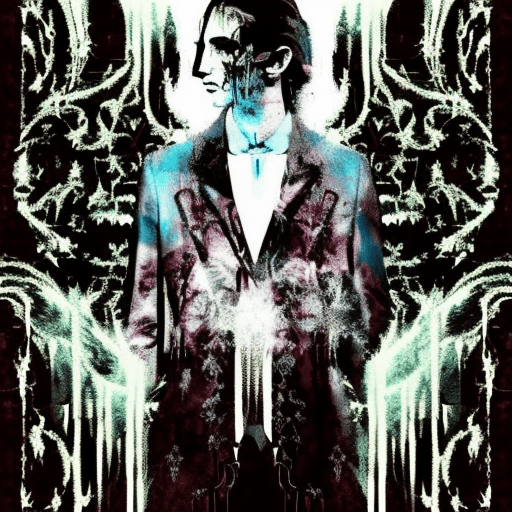Summary:
In “The Picture of Dorian Gray,” Oscar Wilde tells the story of a young man named Dorian Gray who becomes obsessed with his own beauty and youth. After having his portrait painted by the talented artist Basil Hallward, Dorian makes a wish that he would remain forever young while his portrait ages and bears the burden of his sins. As Dorian indulges in a life of hedonism and immorality, his portrait becomes increasingly grotesque, reflecting the true nature of his soul. Wilde’s novel explores themes of vanity, morality, and the consequences of living a life devoid of conscience.
The Pursuit of Beauty and Youth
Dorian Gray, a young and handsome man, becomes infatuated with his own beauty and the idea of eternal youth. He believes that his physical appearance is his most valuable asset and is willing to do anything to preserve it. When Basil Hallward, a talented artist, paints a portrait of Dorian, the young man becomes obsessed with the idea of remaining forever young. He wishes that the portrait would age instead of him, and his wish is mysteriously granted. This pursuit of beauty and youth becomes Dorian’s downfall as he descends into a life of debauchery and moral decay.
The Corruption of the Soul
As Dorian indulges in a life of excess and immorality, his portrait begins to change. While Dorian remains youthful and untouched by the consequences of his actions, the portrait becomes increasingly grotesque, reflecting the true state of his soul. Dorian’s pursuit of pleasure and his disregard for the well-being of others lead him down a dark path, causing him to commit heinous acts without remorse. The portrait serves as a physical manifestation of his inner corruption, reminding him of the sins he has committed.
The Power of Influence
Throughout the novel, Dorian is influenced by two main characters: Lord Henry Wotton and Basil Hallward. Lord Henry, a hedonistic aristocrat, introduces Dorian to a life of indulgence and encourages him to embrace his desires without considering the consequences. Basil, on the other hand, represents the voice of morality and tries to guide Dorian towards a virtuous life. However, Dorian is easily swayed by Lord Henry’s persuasive arguments and falls deeper into a life of sin. The power of influence is a central theme in the novel, highlighting the importance of surrounding oneself with positive and ethical individuals.
Some key takeaways from “The Picture of Dorian Gray” include:
- The pursuit of beauty and youth can lead to moral decay and corruption.
- Indulging in a life of excess and immorality can have severe consequences for one’s soul.
- The influence of others can shape our actions and decisions, for better or worse.
- True beauty lies within one’s character and moral compass, not in physical appearance.
One memorable quote from the book is:
“Nowadays people know the price of everything and the value of nothing.” – Oscar Wilde
In conclusion, “The Picture of Dorian Gray” is a cautionary tale about the dangers of vanity, the corrupting influence of hedonism, and the consequences of living a life devoid of conscience. Wilde’s novel serves as a reminder that true beauty and youth are not found in physical appearance but in the morality and integrity of one’s character.












